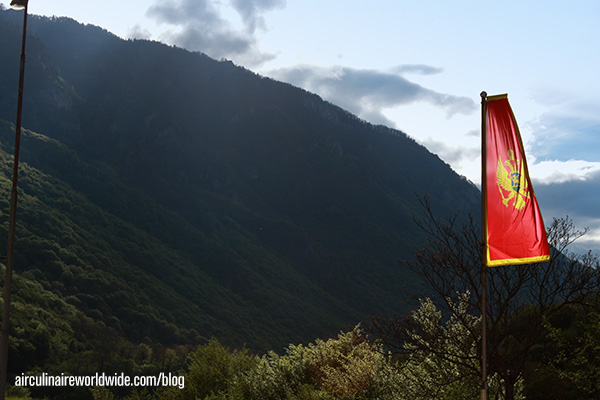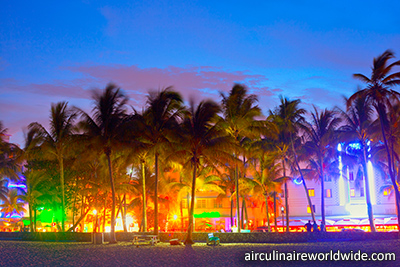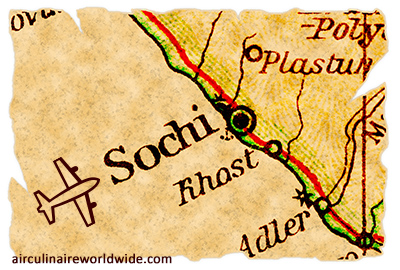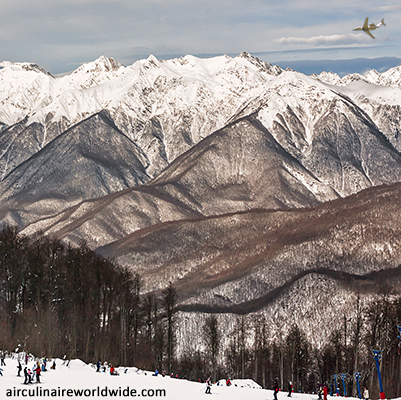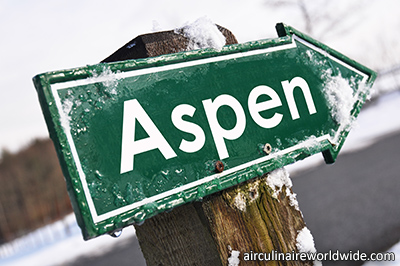Located on the East Coast of the Adriatic Sea, Montenegro is a small country nestled in between Croatia, Bosnia and Herzegovina, Serbia, Kosovo and Albania. Podgorica, the country’s capital city, accounts for over 10 percent of Montenegro’s land mass. Podgorica tends to have hot summers which are also the driest months of the year.
When traveling to Podgorica, you will be operating to Podgorica Airport (TGD /LYPG), which sees about 1 million passengers a year and is the country’s main airport. The airport is located in the southern portion of the city. When it is time to make your plans for departing Podgorica, in-flight catering is available through the Air Culinaire Worldwide Network.
While on the ground in Podgorica, be mindful that English is not a first language in Montenegro, and that Montenegrin and Serbian are the two most commonly spoken languages here. In order to make the best of your experiences in the country, try to learn some common conversational phrases before your trip. Montenegro has a unique culture that you can really come to immerse yourself in during annual festivals like Budva Theater City (with local theater, art and music at the forefront from July to August), the Mimosa Festival (held in February to celebrate this local flower) and Podgorica’s Summer Cultural Festival (where you can experience local plays, concerts and movie nights).
Podgorica was established some time before the mid-1300s, so you will have plenty of local history to enjoy. One popular site is Sahah Kula, a medieval clock tower at the city center that survived World War II unscathed. The ancient Roman city of Duklja has not been so fortunate, but the ruins are available to visit. In nearby Medun, you can visit the ruins of another ancient city, Medeon. This settlement dates back over 2300 years.
When exploring Montenegrin cuisine, you will find that many food items and ingredients are similar to Italian cuisine (you will find meatballs, polenta, stuffed peppers and more). Other obvious influences are Turkish, Serbian, Hungarian and Croatian. With Podgorica being closer to the coast, you will find that the cuisine is more Mediterranean that other areas of the country and more seafood is used. For dining out, keep in mind that smoking is allowed in restaurants and that locals eat dinner later in the evening than in other parts of the world.
Questions?
If you have any questions about this article or in-flight catering in Podgorica, contact weborders@airculinaire.com.
